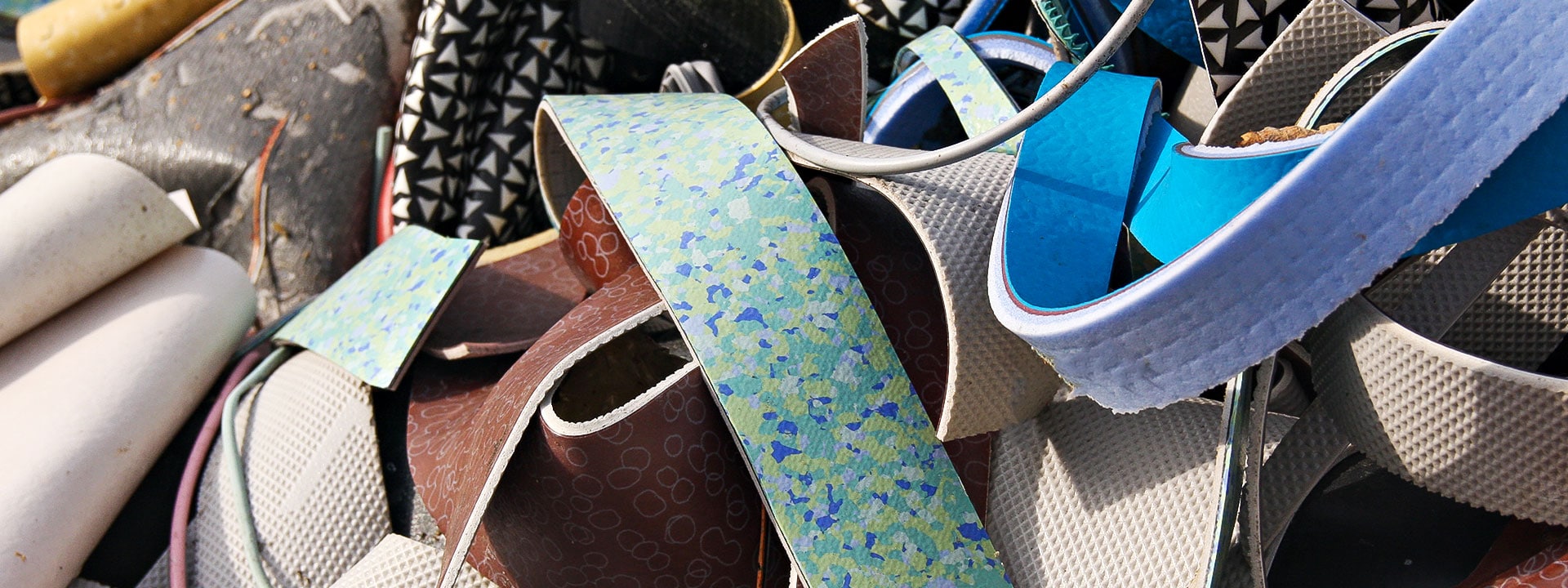
News & Events
News
Optimizing the interface between CreaSolv® and phthalates hydrogenation
The Circular Flooring project aims to fully recycle waste PVC flooring by applying the CreaSolv® Process for PVC recovery with simultaneous removal of undesired legacy phthalates which are subjected to hydrogenation, finally yielding revalorised safe plasticisers. In order to do so, an integrated viable approach for the holistic management of the post-consumer PVC floorings via two in-sequence processes had to be established:
a) Recycling of post-used PVC flooring by use of the CreaSolv® Process that produces a phthalate-free r-PVC and a phthalate extract stream
b) Revalorization of the phthalates stream via a hydrogenation process that transforms the legacy phthalates into non-legacy plasticisers
But the phthalates extract coming from the CreaSolv® Process is not suitable for hydrogenation as it is. It may still contain residual PVC or other organic or inorganic additives that prevent the phthalates from converting to the desired safe forms.
Hence, an interface between those two processes – CreaSolv® and hydrogenation – is required to prepare the phthalate extract so that it can be successfully revalorised and also to estimate the additional costs that the phthalate tuning requires. Taking advantage of the already acquired new knowledge within the project, a pre-treatment scheme of the phthalate extract before being fed to the hydrogenation unit is simulated. To simulate the process, the Aspen HYSYS® software has been used for:
- flowsheet development
- flowchart configurations
- solving the mass and energy balances
- equipment mapping and sizing
The treating scheme of the phthalate extract includes processes assuring that residual “impurities” are removed. Briefly, a precipitation process is added to remove the residual PVC, followed by the removal of other inorganic elements through an activated carbon column. The interface is completed with the addition of separation processes for the solvents involved and the phthalate recovery.
In order to solve the mass and energy balances and investigate the economics of the interface, it is considered that the unit treats the extract coming from a CreaSolv® unit with a capacity of 16,000 tn/yr PVC flooring waste.
The energy requirements of the proposed interface are analysed to estimate the operating cost, while, using the equipment and facilities cost as a basis, the Total Capital Investment was also assessed.
The estimation of these costs will help to define the upper limit for hydrogenation costs so that the revalorised plasticisers are competitive compared to the current plasticiser market price.
